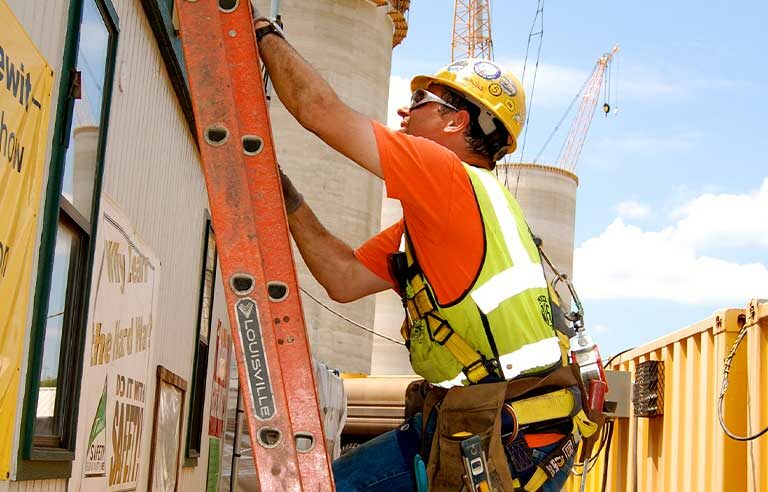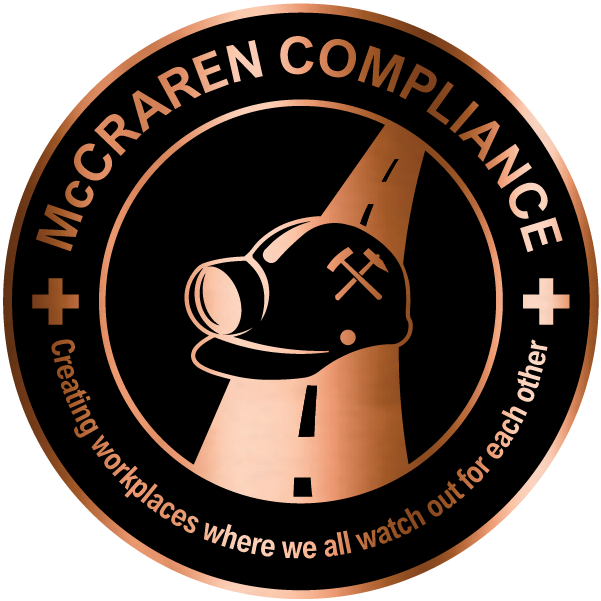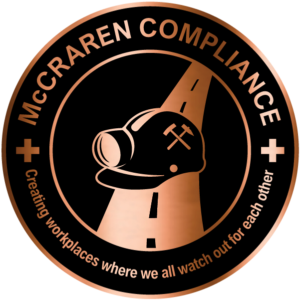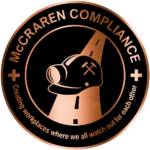
Photo: Kiewit Power Constructors/eLCOSH
Cleveland — Serious injuries and fatalities involving ladders decreased 21 percentage points over a recent five-year period, according to the results of a recent survey.
The survey was emailed to ladder safety training managers and professions this past spring by the American Ladder Institute’s Education and Outreach Committee. The 35-question survey – the fourth from ALI since 2016 – covered topics such as frequency of ladder citations, types of ladder citations and preferred methods of ladder safety education. A total of 350 responses were received.
Around 18% of the respondents reported experiencing an incident involving a ladder – the same percentage as in the 2020 survey. Of those incidents, roughly 33% resulted in a SIF – down from 54% in 2020.
The respondents were also asked about what type of incidents have occurred in the past two years. Among them: “ladder was set up incorrectly” (33%) and “the wrong ladder was used for the job” (30%).
Other findings:
- Nearly 9 out of 10 of the respondents didn’t know that OSHA’s regulation on ladders (1926.1053) was No. 3 on the agency’s Top 10 list of most frequently cited standards for fiscal year 2023.
- Approximately 3 out of 4 hadn’t receive a ladder-related OSHA citation in the previous 12 months.
- Nearly half of the respondents’ organizations have mandated ladder safety training for at least seven years.
“ALI believes that continuous safety training is the best way to empower workers to make the right decisions when using ladders,” the institute says in a press release.
March is National Ladder Safety Month. ALI has a four-week educational outreach program that coincides with the observation.
McCraren Compliance offers many opportunities in safety training to help circumvent accidents. Please take a moment to visit our calendar of classes to see what we can do to help your safety measures from training to consulting.
Original article published by Safety+Health an NSC publication


